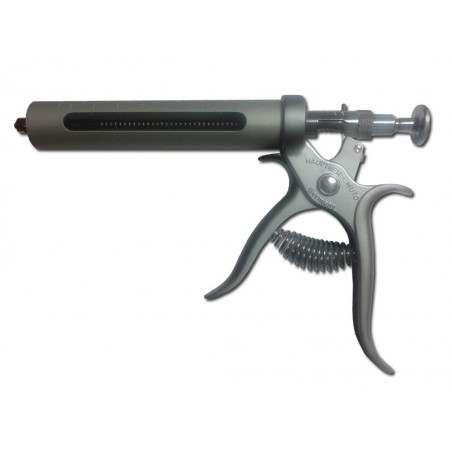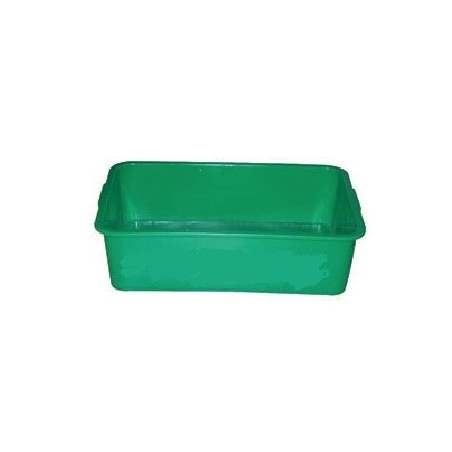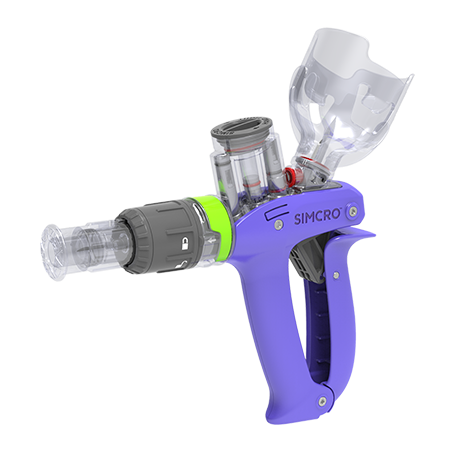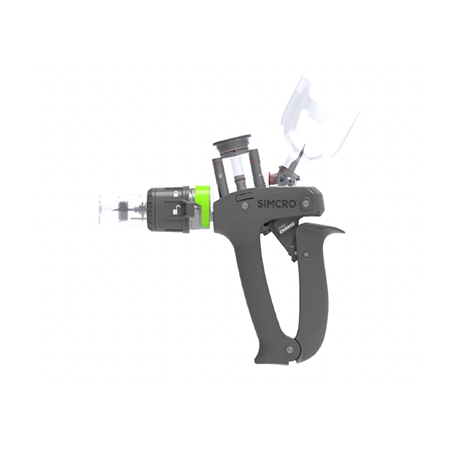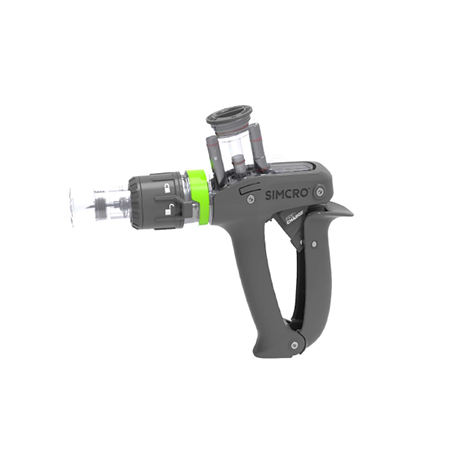Dr. Brockhoff is the Veterinary Counselor for the Canadian Pork Council and a practicing veterinarian with Prairie Swine Health Services. Since 2008 Egan has taught Swine Medicine at the University of Calgary. A big share of his work is focused on veterinary training, infection prevention and control and enhancing biosecurity capacity.
Much of your work is focused on prevention in different areas. We definitely need to speak about ASF.

When we saw ASF coming to China we knew that global pork production was going to change. We saw the ASF cases in Belgium and Germany and other countries and listened to the reports about how the ASFv was changing the pork sector. I saw PED in China and how it came to North America. As soon as ASF hit China, Canadian industry and government engaged right away to focus on preparedness. Canada's Chief Veterinary Officer (CVO), Dr. Jaspinder Komal at that time, hosted an ASF forum for Canada, the USA, and Mexico, and we went through the planning and preparation steps for ASF.
Are you happy with Canada’s level of preparedness in relation to ASF?
I am very proud with the level of engagement from the industry and the government and all the discussion on planning and prevention. Our previous national biosecurity standard was issued before the spread of PED and ASF. As we have gained relevant knowledge on issues such as the risk of feed and feed ingredients, the national biosecurity standards were updated and at the same time we introduced and implemented a biosecurity benchmark that has four categories based on different diseases and how their contamination pathways work uniquely. We looked at how we could implement mitigation measures to respond to the core contamination pathways for FMD, ASF, PED, and highly pathogenic PRRS.
We divided our "homework" into four core pillars for action based on a foundation of science;
- Preparedness Planning
- Enhanced Biosecurity
- Ensuring Business Continuity
- Coordinated Risk Communications.
Canada activated its national emergency operation centre with professionals from the government and the industry meeting on a scheduled basis to review, coordinate and communicate on efforts to prevent the entry and mitigate the impacts of ASF. The country naturally divides itself into regions, so we have a good national, regional, provincial and local response. We have working groups for different areas such as surveillance, destruction, disposal, zoning and permitting as well as response and recovery, etc.
You never know which disease will hit you next. On my first trip into the Philippines to talk about PRRS, PCV2 and Mycoplasma pneumonia no one was really that interested in those; everybody wanted to speak about PED. Soon after that, the disease came into the USA and the following year into Canada. So, it is a fact; diseases move. There are other challenges such as CSF, FMD, etc. ASF gave us the opportunity to have a global conversation about disease epidemiology, tools for prevention, control, and eradication. We need to be talking, and we are doing so.
We could say that the industry must be working for the best and preparing for the worst, and that includes what happens if ASF enters
Canada exports about 70% of its pork. If we get a reportable disease such as ASF virus on a commercial farm, on a small farm or in a wild pig we are in trouble. Whether it is in a hog dense region or the smallest corner of our country, we know that the government of Canada will work aggressively to contain and eradicate the virus, but what happens to the 99% of remaining farmers who have, in a moment, lost market access? What happens when the value of a farmer´s pigs goes to zero and they end up with no working capital to run their operation? How do they access feed? What do they do with their ever growing market surplus? So, a big part of our plan is thinking about those 99% of farms.
What can we do to secure market access in the event of ASF introduction?
Currently we have four zoning agreements, including Vietnam, Singapore, the EU and the US, the latter being very relevant considering that the US and Canadian pig/pork sectors are very much interconnected. The Canadian government is doing a very good job looking for zoning agreements, and they have been very active in speaking with other key trading partners, but zoning is not enough. Even with zoning agreements in place, market interruption will be significant and difficult.
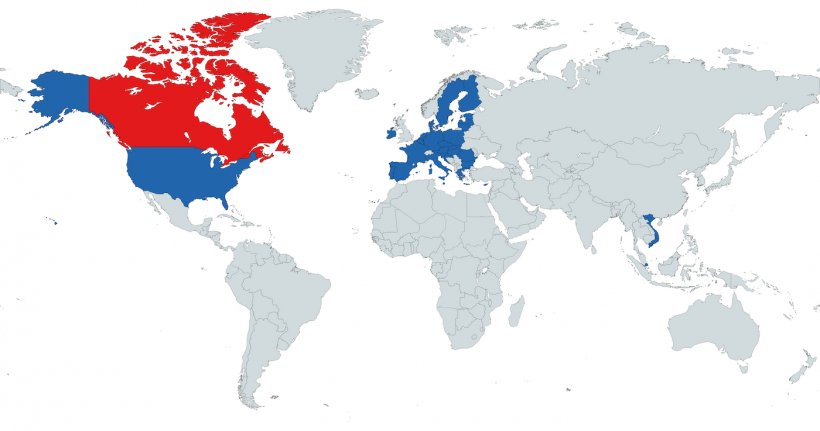
Then we started to look at the older compartmentalization documents from OIE, a tool that we think could be very relevant for modern pig production. Zoning is geographical but compartmentalization is based on management and offers a great deal of potential as a risk management strategy to protect business continuity.
If a commercial producer who has established a compartment within a compartmentalization program, has good active biosecurity, sufficient weekly surveillance and traceability within 48 hours, even with an ASF outbreak in the country, it could keep ASF out of the farm and potentially keep trading pigs through bilateral agreements.
Canada has been very active in providing input for the latest OIE manual on compartmentalization guidelines published early in 2021, a document that we are using to work on the final stages of the Canadian compartmentalization program. We are also looking what other countries are doing. There are many pork producers in the world that think compartmentalization would work for them. And not only for ASF, but the concept can also be applied to other diseases considering the complexity of the disease looking at the different potential hosts and the characteristics of the virus. FMD would be tougher than ASF or CSF for instance.
Many people could fear compartmentalization agreements would not be upheld once the crisis arises
We need to put together solid science-based programs including our experience and apply them to the real-world situation... and leave politics to the politicians.
Compartmentalization is a long-term project. Countries with robust veterinary services and science-based production can have very good conversations regarding compartmentalization. It makes sense, and I see a real opportunity. It is a long-term game that will take us years, but we know how horrible the down side is.
We want to keep ASF away from North America, but if it comes, we want to be prepared. We need planning, preparedness, response, and recovery plans.
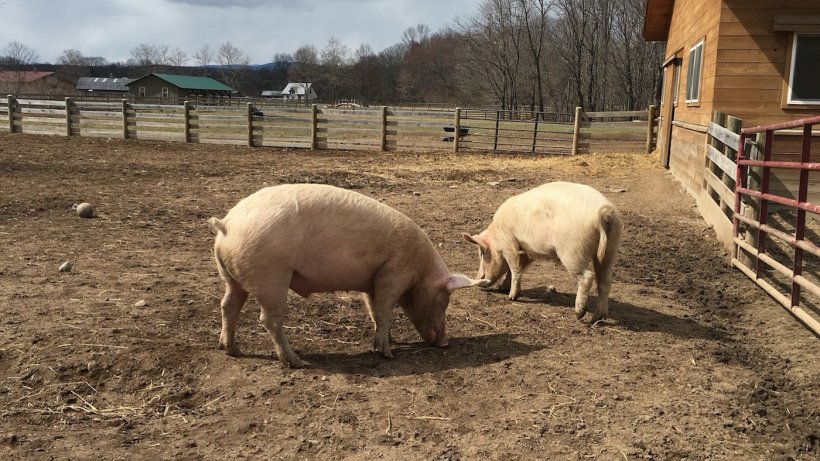
As part of our preparation steps, we looked at three different players: commercial producers, small holders, and wild pigs and how the interface of the three works together.
Every time any pig moves, reporting is compulsory. Commercial producers represent more than 95% of the pork produced in Canada. They are very active in this reporting system and we have a very fluid communication. But looking at our traceability system we found that in Canada there are 7000 small holders including pet pig owners located from coast to coast. At Prairie Swine Health Services, we took an active approach to work with and better understand these small pig production holdings, some of them with rare breeds or complex marketing and business niche programs. As a group we started to speak about biosecurity, disease prevention, etc. These small holders were extremely hungry for knowledge for their specific type of pork operation. So, in 2020, led by Dr. Kelsey Gray, our practice published a 100-page small pork producer manual. It is very important that small holders know how to protect their pigs from disease.
We are also trying to get a better understanding about our wild pig population as it is a potential reservoir for ASF virus. We are trying to find out how many there are and where they are, as there is not much research done on wild pigs. We work on containment, control and eradication of wild pigs, and I think we have a good opportunity as they are not so well established yet.
You seem particularly proud of the relationship that the industry has with the public sector in Canada.
Good partnership between the public and private sector is essential. Good working relationships based on trust, science, and mutual respect with a deep understanding of each other’s goals. We don’t always agree on everything, but we are able to find a middle ground to move forward.
333 Staff





